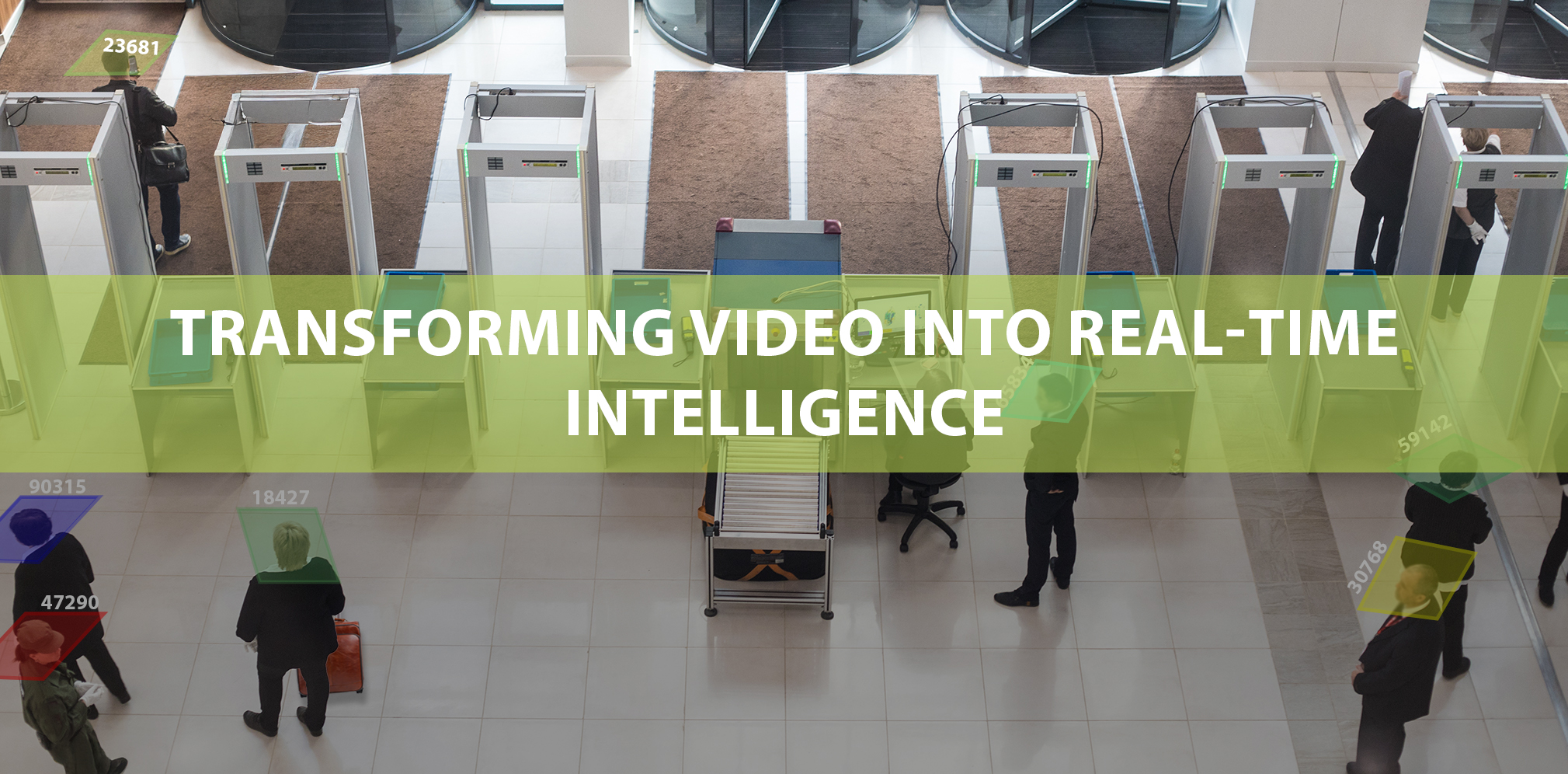Introduction
In an age where data is abundant, but attention is limited, traditional surveillance systems are no longer sufficient. Capturing video footage is easy. Making sense of it in real time is not. The need today is not for more cameras, but for smarter eyes. That’s where artificial intelligence (AI) and video annotation converge to redefine surveillance.
At NextWealth, we view video annotation as the key enabler of real-time situational awareness. This blog explores how annotation transforms surveillance from a passive data collector to an intelligent decision-making engine.
From Surveillance to Situational Awareness
Surveillance has historically been a reactive activity i.e. an archive of events used after the act. But in today’s security-sensitive environments, waiting to act is not an option. From monitoring city traffic to protecting critical infrastructure, there is an urgent need for situational awareness. The ability to understand what’s happening in the moment, predict what could happen next, & take action accordingly.
Situational awareness in human terms originated in aviation and military contexts, where it refers to the perception of environmental elements, comprehension of their meaning, and projection of future status. In the AI-powered surveillance world, this means recognizing, classifying, and interpreting objects and behaviors in real time across complex environments.
This is only possible when AI models are trained on robust, contextual, and diverse datasets; datasets built through high-quality video annotation.
Why Video Annotation Is Foundational
AI systems don’t understand visual inputs on their own. They learn through data specifically, through annotated examples that teach them how to recognize patterns anomalies & behaviors.
Video annotation involves tagging or labeling video frames with specific information. These labels help train AI models to detect objects (like a person or vehicle), understand movements (like running or crossing), and interpret scenes (like crowd density or suspicious activity).
Types of annotations include:
- Bounding Boxes: Enclose objects of interest for detection tasks.
- Key-points: Mark joints or movement patterns, useful for human pose detection.
- Segmentation: Outline object boundaries pixel by pixel for precise localization.
- Event Tagging: Label sequences that show specific activities or behaviors.
High-quality annotation allows AI to distinguish a pedestrian from a loiterer, a parked car from a vehicle stopping illegally, or a casual glance from a suspicious gaze. Without well-structured annotation, the model remains blind to context & nuance; leading to missed detections, false alarms, & unreliable performance.
NextWealth’s Human-in-the-Loop (HITL) Approach to Annotation
At NextWealth, we approach annotation with a balance of automation and human oversight; a model known as Human-in-the-Loop (HITL). This model is especially valuable for surveillance AI, where context, accuracy, and the cost of false positives are high.
Here’s how our HITL Model Works
- Automated Pre-Annotation: AI tools generate initial labels to accelerate the process.
- Maker-Checker Workflows: Annotators validate and refine labels with a second layer of quality control.
- Gold Standard Datasets: Benchmark frames are used for consistency checks and annotator calibration.
- Domain-Trained Annotators: Our team understands surveillance-specific use cases – distinguishing subtle cues in behavior or contextual patterns.
- Feedback Loops: Insights from model performance feedback into the annotation process to correct biases or blind spots.
This integrated approach ensures that our annotations not only power accurate models but also improve them continuously.
Real-World Applications: Where Annotation Powers Action
Video annotation isn’t just theoretical, its transforming real-world surveillance use cases across sectors:
Smart Cities: Video annotation enables traffic monitoring, lane violation detection, and crowd management. Models trained on annotated data help city authorities predict congestion or detect accidents as they occur.
Law Enforcement: Annotated video streams are used to identify suspects, monitor high-risk zones, or trigger alerts when restricted zones are breached.
Retail and Campus Security: In environments where people move freely, surveillance AI can detect anomalies such as theft, loitering, or restricted access attempts. NextWealth enables checkout-less shopping experience for a US based retail tech startup, providing annotation and live support processing millions of images and videos monthly.
Transport Hubs and Airports: Annotation supports AI models that monitor luggage movement, queue lengths, passenger behavior, or unattended objects. A global leader in threat detection & security screening solutions uses NextWealth’s HITL solutions for 2D and 3D annotations to improve the efficiency of their AI platform, enabling safer travel for all.
In all these examples, the AI’s ability to “understand” the situation in real time hinges on how well the training data reflects the diversity and complexity of the environment.
Manual, Automated, and HITL Annotation: Choosing the Right Model
Annotation workflows can be broadly categorized into three types, each with its strengths & Limitations:
| Annotation Model | Description | Pros | Cons |
|---|---|---|---|
| Manual | Human annotators label each frame | High accuracy | Slow and costly |
| Automated | Algorithms label frames with minimal human input | Fast and scalable | Prone to errors, lacks context |
| HITL (NextWealth) | Combines automation with human QA | Best balance of speed, accuracy, and nuance | Needs design and supervision |
In high-stakes surveillance contexts, where detecting an anomaly a few seconds late can make the difference, HITL offers the most reliable path. It mitigates the risks of automation while delivering better efficiency than pure manual methods.
Getting Real-Time AI Deployment Right
Deploying real-time surveillance systems isn’t just about having a working AI model. It requires a deliberate focus on annotation strategy and scalability. At NextWealth, we recommend the following best practices:
- Start with Quality Data: Ensure your training data covers edge cases, multiple lighting conditions, angles, and object variations.
- Use HITL for Annotation: Apply human judgment where context matters, especially in behavioral tagging or anomaly detection.
- Plan for Feedback Loops: Build systems that allow model outputs to be audited and re-trained based on real-world performance.
- Scale Securely: Design for secure handling of sensitive video data across edge, cloud, or on-prem environments.
- Support Continuous Learning: Allow annotation workflows to evolve with changing surveillance goals or new threat patterns.
NextWealth’s Role in Building Smarter Surveillance Systems
With years of experience in data annotation and a strong focus on human-in-the-loop operations, NextWealth stands at the forefront of enabling real-time AI solutions for surveillance. We bring together deep process expertise, scalable teams, and a technology-agnostic approach to annotation; tailored for high-impact use cases.
Whether it’s training models for public safety, urban mobility, or enterprise security, we help our clients bridge the gap between raw video footage and AI-powered insight. Because at the end of the day, it’s not about watching more, it’s about understanding better, faster.
Ready to elevate your Video Annotation Experience?Connect with our annotation experts today at: https://www.nextwealth.com/contact-us

